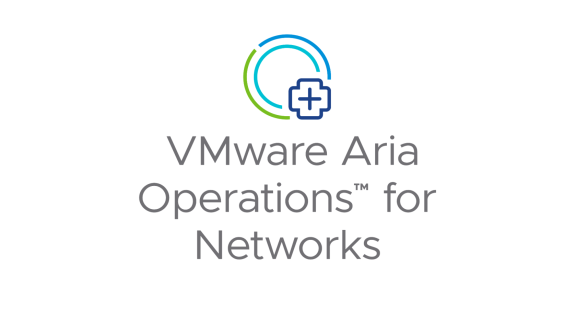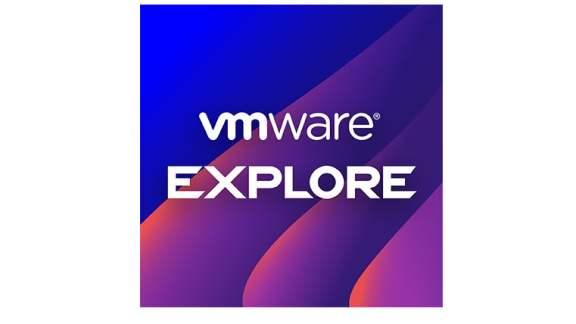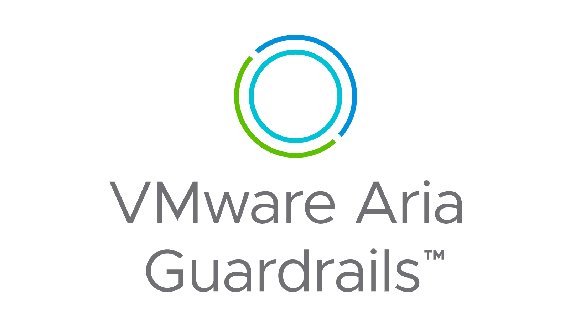As the cloud continues to completely transform not only technology, but more interestingly, how we behave, I think we’re all eventually realizing that moving to the cloud isn’t about an environment’s location but about an adaptable and elastic mindset. In a recent study, VMware’s own Principal Engineer and co-creator of Kubernetes, Joe Beda, put it best, “Cloud-native isn’t about where you operate, it’s how you operate.” A core tenant that has made this all possible is the notion of elasticity—capacity, actions, and logic—all happening on demand.
But on-demand resources come at an inherently higher cost. In response, cloud providers began offering discounts in exchange for upfront commitments to resource usage. The most notable example is AWS Reserved Instances. But making these commitments meant answering some pretty complex questions like, “What types of Virtual Machines will I need two years from now?” Trying to predict their future compute needs resulted in massive headaches for cloud operations teams.
Enter AWS Savings Plans.
“Every solution of a problem raises new unsolved problems; this more so the deeper the original problem and the bolder its solution.” -Karl Popper
AWS Savings Plans reduce a lot of complexity around reservations because they’re more flexible than RI’s and because they decouple the financial commitment decision from infrastructure planning specifics. Compute Savings Plans, in particular, have been massively popular, applicable across EC2, Fargate, and Lambda services and across all regions, families, operating systems, and tenancies. Businesses can make a commitment to usage without having to know any of those specific needs ahead of time. What’s more is that AWS will automatically apply the Savings Plan discount without the need for the customer to manually convert the discount to a new instance type.
However, there is a twist. Instead of reserving a specific type of instance, with Savings Plans, customers commit to spending a certain dollar amount per hour. This has led to new questions:
- Which Savings Plan is best for my business?
- How much spending should I commit to?
- How will a Savings Plan be applied to my usage? In what order will AWS automatically apply the Savings Plan?
- What if my key KPI is “global coverage rate”? How much should I commit if I want to maximize for coverage rather than savings?
- What if my finance team is willing to make a commitment to obtain a desired discount rate? How much should I commit to reach that rate?
- And more recently, how will COVID-19 impact my cloud bill?
Here at CloudHealth, we’ve been working closely with our customers to help them answer these exact questions. In just a few months, we’ve helped over 100 beta customers confidently make commitments using our purpose-built Savings Plan Recommendations engine and analysis framework, and today we’re excited to bring this feature to all our customers.
Get the maximum benefit from your purchase
Currently, AWS offers six Savings Plan purchase options (three payment terms: full, partial, or no upfront; and two commitment durations: 1 year or 3 years) and customers need to understand the trade-offs with each. In the CloudHealth platform, customers can compare the trade-offs of all six Savings Plan purchase options in one screen. By default, we display the commitment level that will result in the most savings for each purchase option, along with the upfront cost, discount rate, coverage rate, and savings associated with each option.

We want our customers to understand why these recommendations were made. All you need to do is click “View Details” to see exactly how the new Savings Plan would look laid over your current on-demand spend, every single hour of the chosen evaluation period (in this case 30 days).

To drill down even deeper, we’ve provided a table of how the hourly cost graph was built by showing the breakdown of how this commitment impacts each of the product families in that usage period.
Make decisions based on key KPIs
Some organizations want to optimize for KPIs other than total savings, often taking other context into account for their ultimate decision of how much to commit to a Savings Plan. This is why CloudHealth allows users to override the recommendation value to see the impact on their KPIs at other commitment levels, or other coverage rates, using the radio buttons shown above. Users can easily see the resulting costs, discounts, coverages, and savings.
Track and account for Savings Plans usage
What about after I purchase? Can I see where the savings were applied? Can I showback/chargeback the savings to different teams, groups, or processes who benefited from it? With CloudHealth, the answer is, “Yes you can.” There are seemingly infinite ways to cut the data and answer potential questions that may arise in your business around Savings Plans, but the Savings Plan Dashboard is a great place to start:

The Savings Plan Dashboard quickly displays coverage, savings, and waste, as well as showing which instances benefitted from Savings Plans and how that usage changed hour-by-hour. Customers can also use the cost history and usage reports to see how different groups benefited from the Savings Plans.
At CloudHealth we’re as energized as ever (especially during these uncertain times when our customers need us most) to leverage the data in our platform to help our customers mature their cloud financial management practices and reach their business goals as efficiently as possible in the cloud.
Savings Plans go a long way to helping accomplish that goal, and CloudHealth is here to guide you toward the most optimal Savings Plan purchase for your business. Reach out to our Strategic Savings Desk—a complimentary service for CloudHealth customers—at [email protected].









